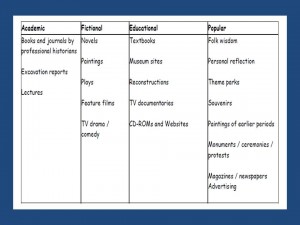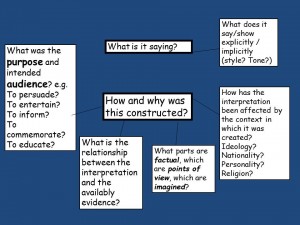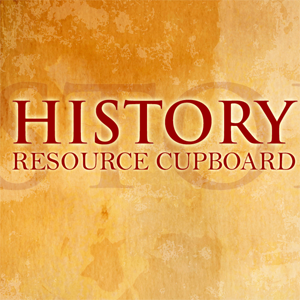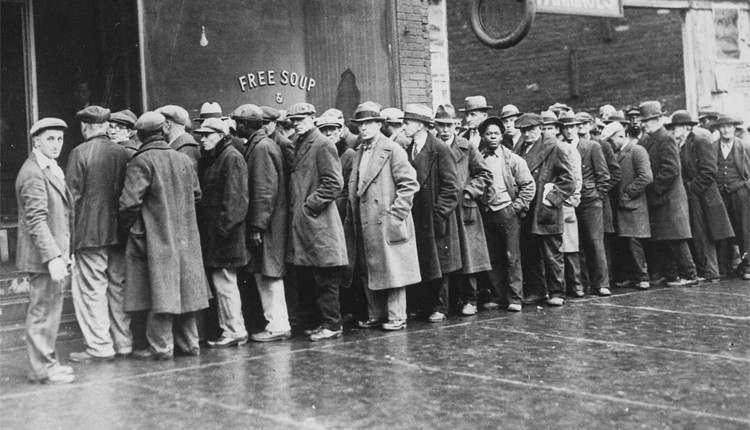Teaching historical Interpretations.
If you want success at GCSE and beyond you need to think about how you teach what you teach and why you teach what you teach! Fact.
This means developing a great Key Stage 3 curriculum and building on this into Key Stage 4. Recently Ofsted have picked up on this theme in a report describing Key Stage 3 as ‘wasted years.’ We have always seen history as a 5 years model of progression, and never got hung up on the reductive nature of pre 2016 GCSE questions lower down the school. That is where we are free to teach some real history thank you very much!
One of the bedrocks of the history curriculum at Key Stage 3 is the key element ‘interpretations’. What with the changes to GCSE from 2016 interpretations is now crucial at Key Stage 4 too. However, I must admit, I haven’t always thought this.
Actually, I am not sure that I really understood what this concept really was when I first started teaching in the mid 1990s. But after years of working with Neil Thompson, ex Hampshire History Adviser, I have come to agree with him: Historical interpretation is the national curriculum’s ‘jewel in the crown’.
In the past Ofsted noted that some teachers struggle to teach this concept well. Is this because it is difficult or that we don’t actually understand it?
However, presently Ofsted do not appear to be vaguely interested in the teaching of history. Long gone are the days when a report about the quality of history teaching across England came out. Even further back in the past Ofsted actually had bothered to send subject inspectors to find out what was going on!
Nowadays, who keeps us informed and in check? Well I am always happy to give my views on teaching and on historical interpretations, so read on.
The big questions we have to consider when doing interpretations work are:
- Are we clear about what interpretations really means in the history curriculum?
- How do you teach it, especially at the lower end of Key Stage 3?
- What does progression look like in interpretations?
What is an interpretation?
The two quotations below can be used to define what an interpretation is:
“… a conscious reflection of the past and not the ideas and attitudes of participants in past events” McAleavy 93
“…how people in later times have reconstructed and presented the past.”
Byrom, Counsell, Riley 2004
I way prefer McAleavy’s definiton. After all, what constitutes ‘later times’? A day? A week? Ten years? I don’t recommend that you get bogged down in a meaningless discussion about how long it takes before a construct becomes an interpretation.
Unfortunately, Neil and I once did at a conference. Clever people working at universities in teacher education , far too distant from the classroom, told us that the movie the Battle of the Somme we were using, couldn’t be an interpretation as it was made at the time. Our answer was simple: it was a construct of history, not an eye-witness account, therefore it was a conscious reflection of the past. It was constructed to influence therefore we thought it an interpretation. But what really matters is what works in the classroom. We knew that our photos stuff worked a treat!
Clearly, an eye witness account is not an interpretation and interpretations work isn’t just about ‘interpreting’ source material.
 Let us start by considering what forms interpretations take. The chart here on the left from Byrom, Counsell, and Riley (or was it McAleavey?) is really helpful here. If you click on the image it will enlarge!
Let us start by considering what forms interpretations take. The chart here on the left from Byrom, Counsell, and Riley (or was it McAleavey?) is really helpful here. If you click on the image it will enlarge!
But we shouldn’t just stop there. We need to really understand what the different aspects or ideas of this tricky concept are, and then consider how we teach them.
Luckily  this thinking has been done for us. Way back in 2004 OFSTED held a History Conference in Bristol all about interpretations. Jamie Byrom, Christine Counsell and Michael Riley came up the big ideas on the left (it will enlarge if you click on it!).
this thinking has been done for us. Way back in 2004 OFSTED held a History Conference in Bristol all about interpretations. Jamie Byrom, Christine Counsell and Michael Riley came up the big ideas on the left (it will enlarge if you click on it!).
For me this is a perfect guide.
It’s all in the planning
When it comes to planning to teach interpretations at Key Stage 3 we should aim to sprinkle a number of different interpretation enquiries right across the key stage, ensuring that between them they cover all of the above aspects highlighted in figure 2. On the surface this may seem really difficult. You might like to consider the following:
- You don’t have to answer all of the questions in second diagram above, in every single interpretation enquiry
- You are probably already doing a lot of work on interpretation without even realising it.
- You can touch on interpretations at the end of most enquiries – get the students to use their historical knowledge to pull apart a textbook account, or a film, or even a poem.
Membership Options
Access more inspirational articles and fully-resourced lessons to enliven your classroom teaching.
Many of our Key Stage 3 enquiries have an interpretations focus!
If you want to teach what an interpretation says in style and tone then use:
- How should we tell the story of Richard Whiting’s execution?
- Does Robespierre Deserve the Title: The Butcher of the Revolution?
- How should we remember Peterloo?
- Writing the Revolution – what really happened in November 1917?
If you want to explore how an interpretation as been affected by the context in which it was created in, then try these enquiries:
- How should we remember Peterloo?
- Writing the Revolution – what really happened in November 1917?
- Cold War movies
If you are keen to check out what parts of an interpretation are factual and which parts are imagined use:
- Schama’s Hastings
- Who was the real Richard the Lionheart?
- Was King John really nasty…?
- How far was David’s Marat a beautiful, awful lie’? (If you are happy that the painting is an interpretation!?! We don’t care, we know it works in the classroom)
If you want to work on checking interpretations against available evidence – we love this – then try:
- Preparing a news bulletin about WW1.
- Staged or Real: How can we check whether photographs from World War One are faked?
- What can a song tell us about life in a Nazi labour camp?
- Was London the place to be?
If you are interested in looking at the purpose and intended audience of the interpretation then try:
- How should we remember Peterloo?
- Emily Davison
- What can a song tell us about life in a Nazi labour camp?
- Was London the place to be?
Nearly all of our enquiries touch upon interpretation, and number of our enquiries focus really heavily on them!
For a copy of this article and resources that will help you plan for progression in interpretations across the key stage, you can download them here for £2.99.
Download lesson
- Article: PDF
- Interpretations types: PDF
- Interpretations ideas: PDF
- Interpretations progression model: PDF
Price: £2.99
Add to basketMembers’ Download





